“Fly me to the Moon / Let me play among the stars / Let me see what spring is like / On Jupiter and Mars,” sang Frank Sinatra. At the time he probably wouldn’t have guessed that one day it would become a reality.
To see blossoming spring on the Moon seems more achievable than ever. NASA just shared the exiting news about the Artemis III mission that will mark the first crewed moon landing since Apollo 17 in 1972 and during which theastronautswill try to grow plants on the Moon.
More info:NASA
Artemis III will be NASA’s first human mission to the Lunar South Pole
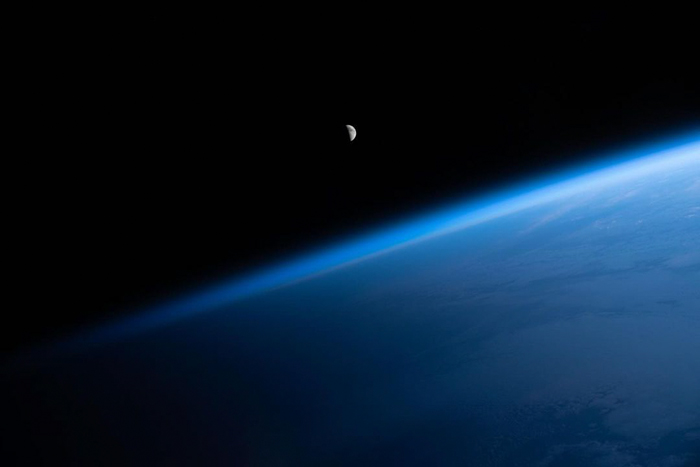
Image credits:NASA
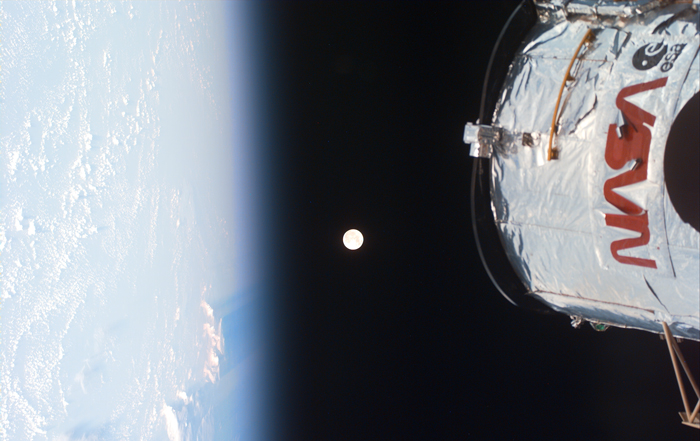
The Moon is Earth’s only natural satellite and orbits at an average distance of 384,400 km, about 30 times the diameter of Earth.
“The prevailing idea is that the Moon was formed in a violent event between the proto-Earth – an early-stage Earth that was much bigger than it is today – and an object (labelled ‘Theia’) about the size of Mars,” explainsRobert Massey.
“The Moon started out around ten times closer to the Earth than it is now,” reveals the researcher. “Imagine looking up at the night sky and seeing the Moon 10 times bigger.”Computer simulationssuggest the Moon could even have been 12-19 times closer, at a distance of just 20,000-30,000 km, compared to 384,000 km today. And it is still spinning away. “Because of a transfer of energy from the rotation and tidal bulges of the Earth, the Moon gets 3.78cm further away each year,” added Massey.
After the Apollo era, the obsession faded out a little due to NASA’s focus on the other avenues of space exploration. Yet Artemis missions brought the attention to lunar exploration again.
NASA’s astronauts on the Moon’s South Pole will hunt ice, grow plants and will listen to moonquakes
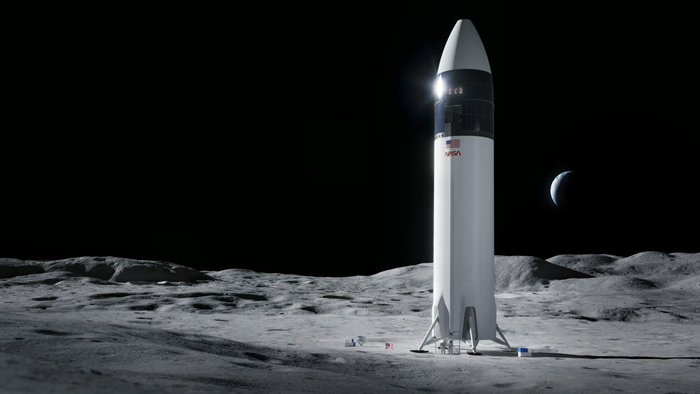
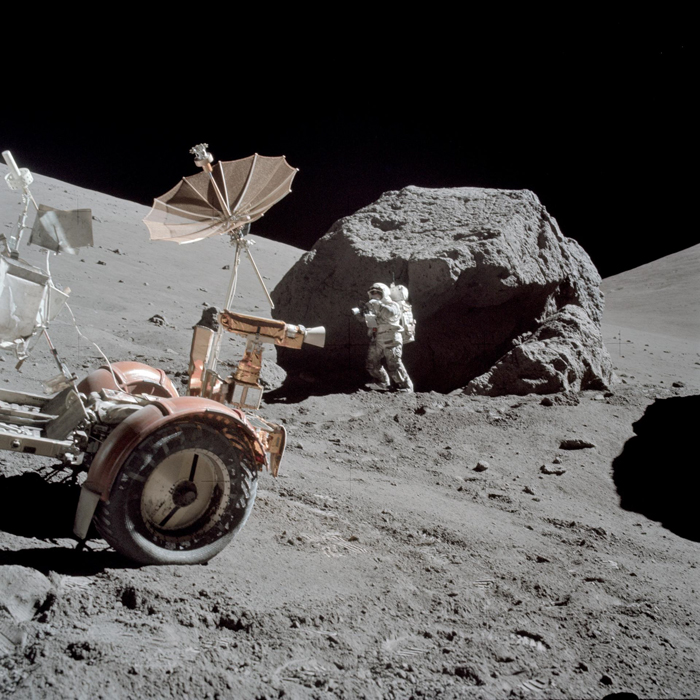
“Artemis marks a bold new era of exploration, where human presence amplifiesscientificdiscovery. With these innovative instruments stationed on the Moon’s surface, we’re embarking on a transformative journey that will kick-start the ability to conduct human-machine teaming – an entirely new way of doing science,” said Pam Melroy, NASA Deputy Administrator.
Artemis III will be the 1st mission to return astronauts to the surface of the Moon in more than 50 years. The astronauts will explore the south polar region of the Moon, within 6 degrees of latitude from the South Pole. Severalproposed landing regionsare located among some of the oldest parts of the Moon. Therefore, it will give the opportunity to learn about the history of the Moon through previously unstudied lunar materials.
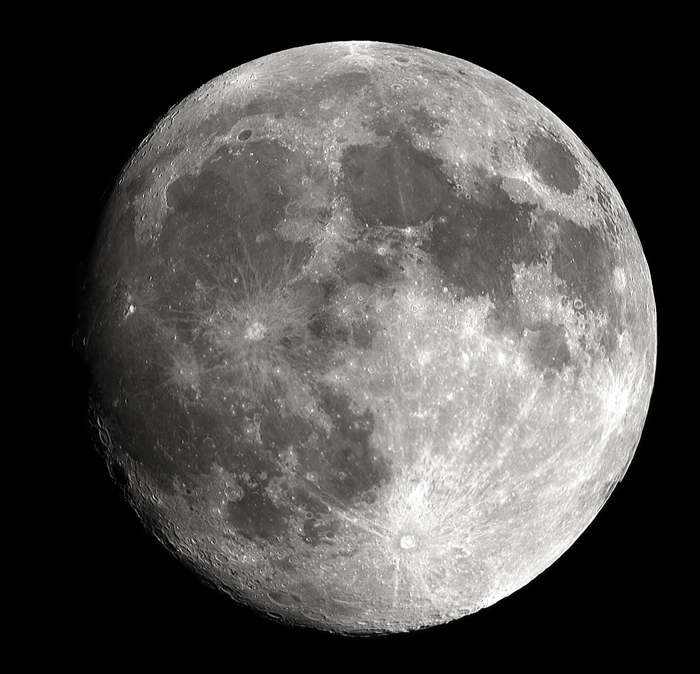
Image credits:Pixabay
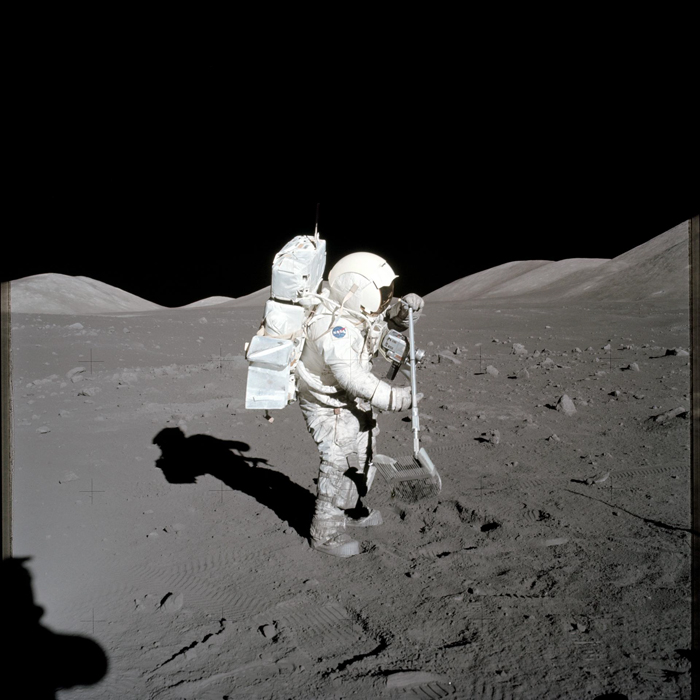
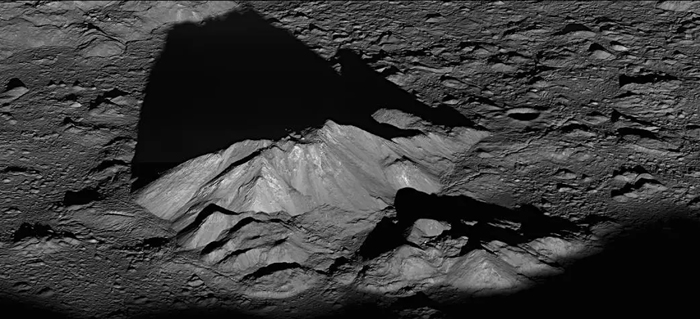
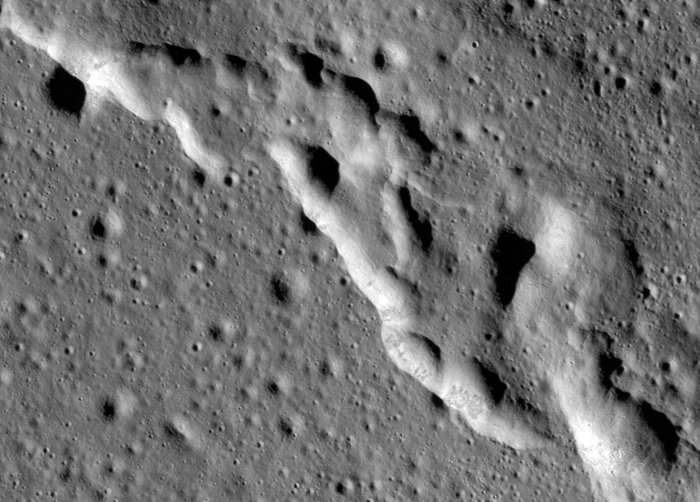
The Lunar Environment Monitoring Station (LEMS) is an autonomous seismometer suite designed to carry out continuous, long-term monitoring of the seismic environment, namely ground motion from moonquakes, in the lunar south polar region. Therefore, it will characterize the regional structure of the Moon’s crust and mantle, which will add valuable information to lunar formation and evolution models.
Lunar Effects on Agricultural Flora (LEAF) will investigate the lunar surface environment’s effects on space crops. It will be the first experiment to observe plant photosynthesis, growth, and systemic stress responses in space radiation and partial gravity, which will help scientists understand the use of plants grown on the Moon for both human nutrition and life support on the Moon and beyond.
“These three scientific instruments will be our first opportunity since Apollo to leverage the unique capabilities of human explorers to conduct transformative lunar science,” said Joel Kearns, deputy associate administrator for exploration in NASA’s Science Mission Directorate in Washington.
NASA unveiled the first 3 scientific instruments for the Artemis III mission
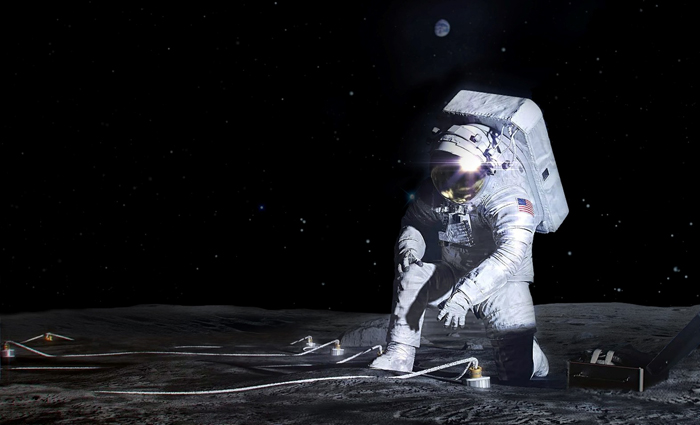
Knowing the moon better helps scientists understand otherplanets, how they have evolved and the processes which have shaped their surfaces. It also helps to see the influence the moon has had on theEarth, the record of the ancient Sun and it also serves as a great platform to study the rest of the universe. By using the Moon as the closest testing ground for robotics and instrument systems, scientists can further human exploration to not only the Moon, but the rest of the solar system.
The area where the Artemis III mission will settle shows geologically interesting features and possible water available in the form of ice, which could be transformed into oxygen to breathe and hydrogen to be used as fuel.
The lunar south pole is the southernmost point on the moon. It intrigues scientists because of theoccurrence of water iceinpermanently shadowed areasaround it. The craters there are unique in that the near-constant sunlight does not reach their interior. Such craters arecold trapsthat contain fossil record of hydrogen, water ice, and other volatiles dating from theearly Solar System.
Scientific interest in the moon’s South Pole was piqued a bit more than fourteen years ago, when NASA’sLunar Crater Observation and Sensing Satellite(LCROSS) mission intentionally crashed a spent Centaur rocket booster into the Cabeus crater.
“You look at pictures of the South Pole, it’s not like what you saw where Neil (A. Armstrong) and (Edwin) Buzz (Aldrin) were landing, constantly lit from the sun. A few craters here and there. The South Pole of the moon is pockmarked with deep craters and because of the angle of the sun coming in, most of those craters are in total darkness the entire time,” said NASA Administrator Bill Nelson, speaking at a recentNASA press conference.
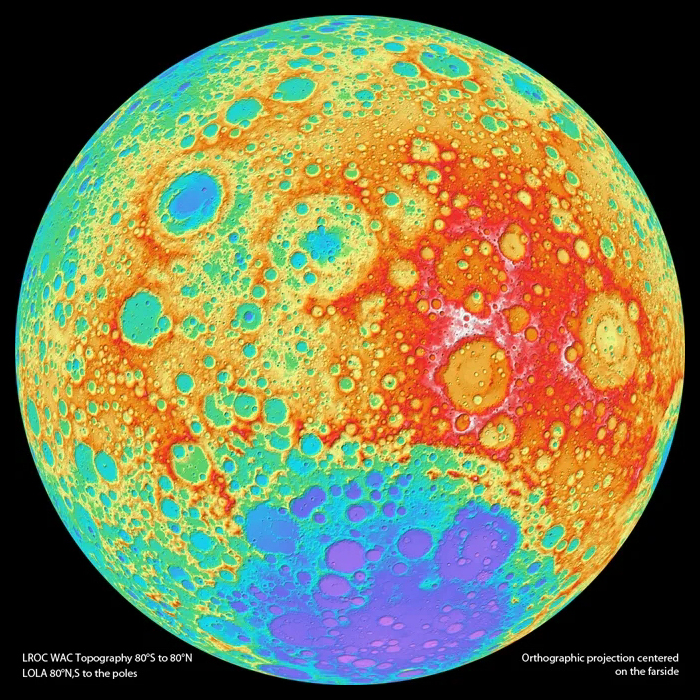
Artemis III will finally get closer to the Moon’sdarkest corners that until now were a mystery
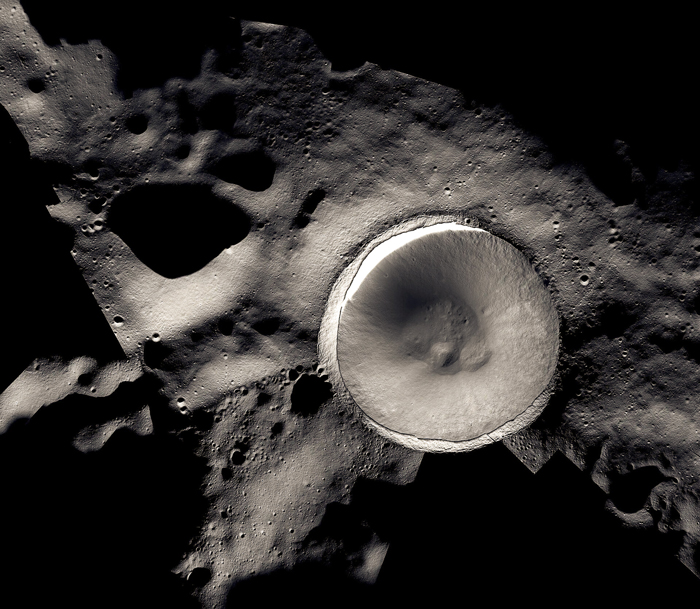
Image credits:wikipedia.org
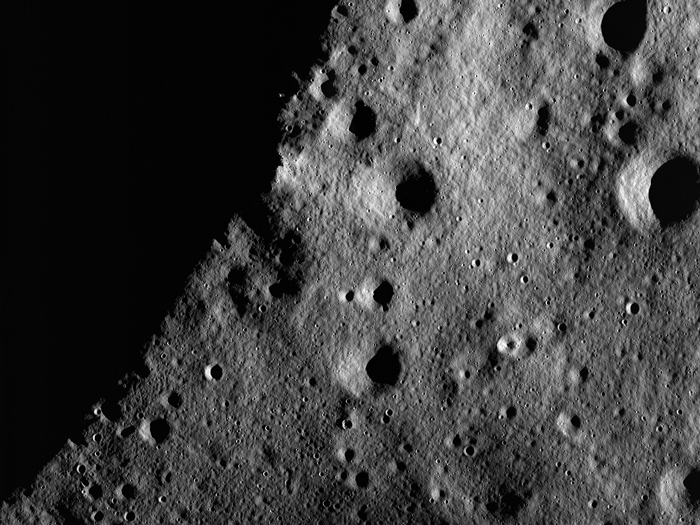
Image credits:National Geographic
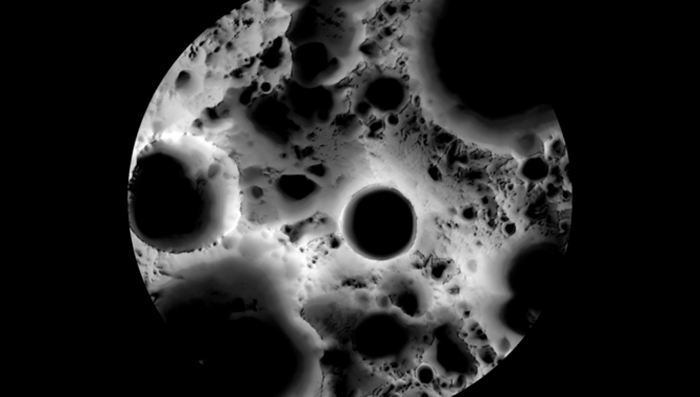
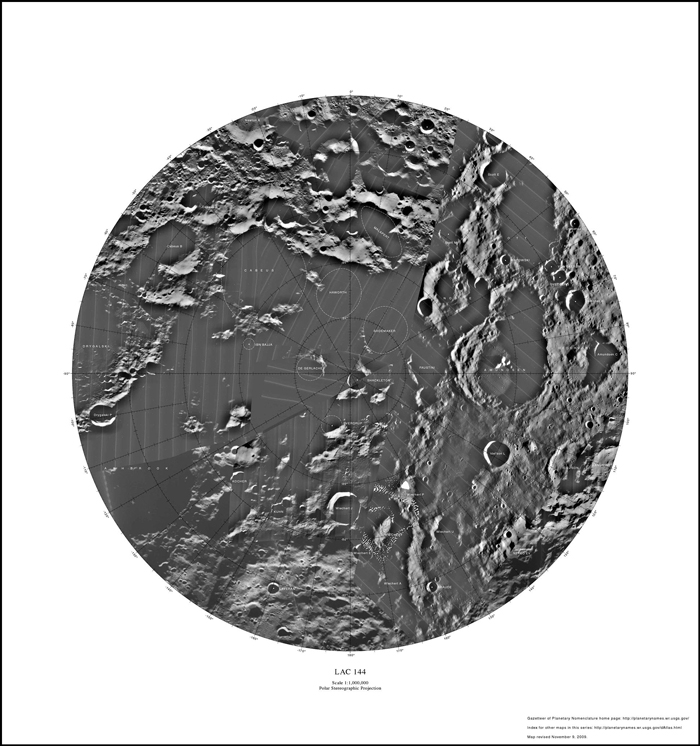
Before landing on the South Pole, NASA is using theCommercial Lunar Payload Services (CLPS)program to deliver scientific payloads to the rugged region to demonstrate communication, navigation and precision landing technologies, and to learn more about space weather, how rocket plumes interact with the lunar surface, and how the lunar surface might impact radio astronomy.
In 2022, NASA identified13 candidate landing regionsnear the lunar South Pole that include: the rims of Faustini, Amundsen, and Nobile, a peak near Shackleton, and an area at Haworth.
The Artemis program is a series of NASA’s lunar missions. The 1st one, Artemis I, was completed in late 2022: an uncrewed test flight orbited and flew beyond the Moon.
The next missions that are currently in preparation:
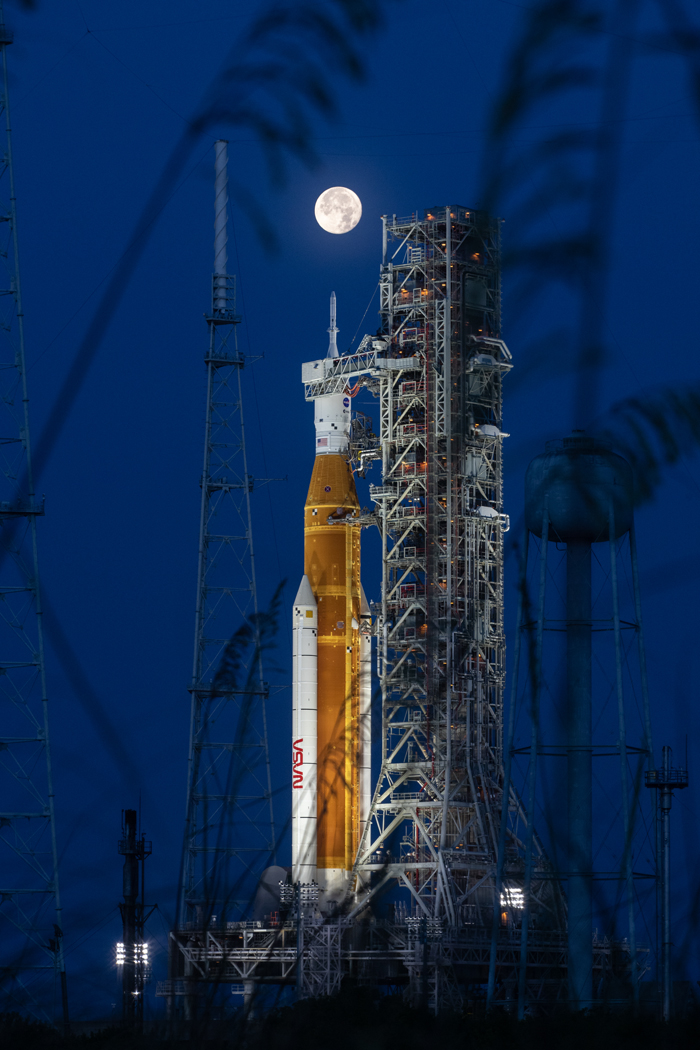
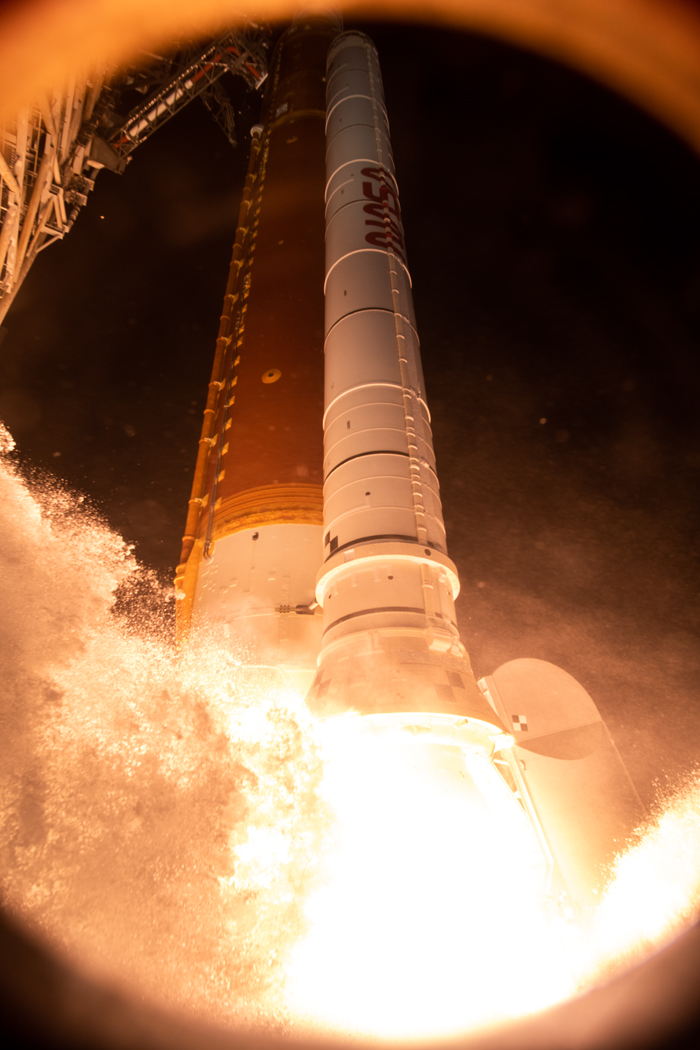
While NASA’sArtemis program is set tolearn more about what the darkest shadows of the Moon contain, it somehow reminds me of The Little Prince: “People have forgotten this truth, but you mustn’t forget it. You become responsible forever for what you’ve tamed.” Hopefully together with the newexcitingdiscoveries, people will be more aware of theresponsibilitiesthat come with them.
People were sharing their excitement about NASA’s news


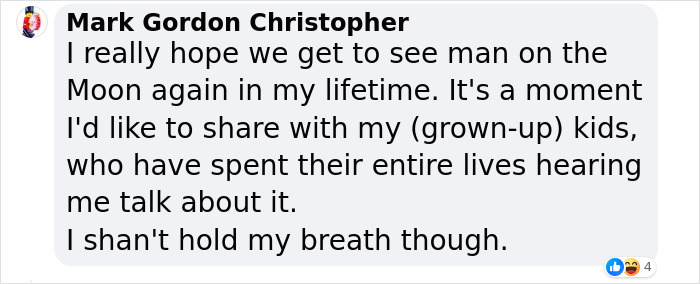


Science & Technology